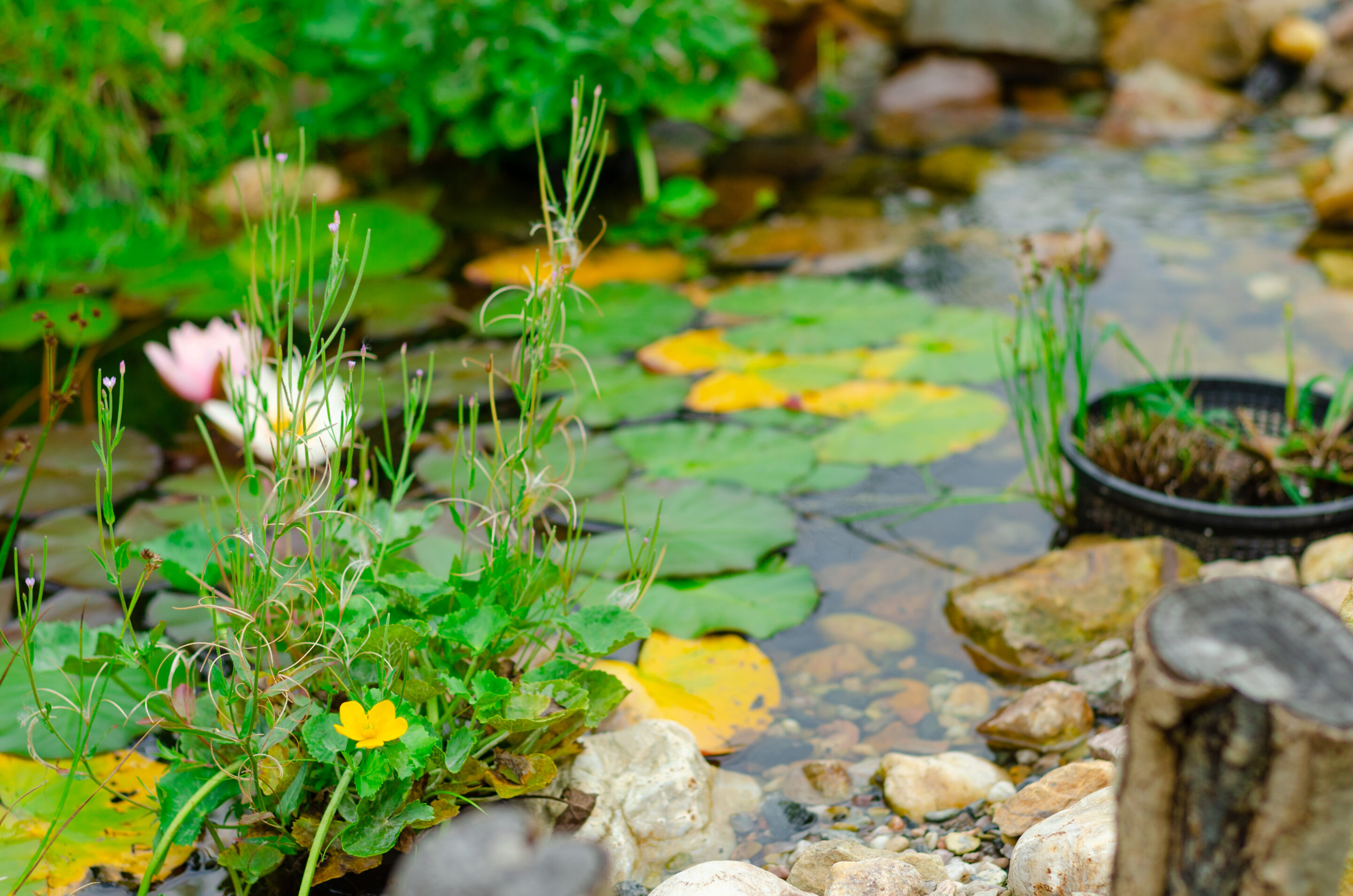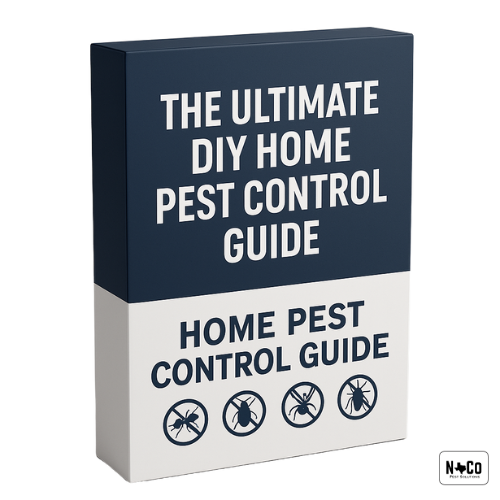Mosquitoes are persistent backyard pests that quickly turn your outdoor living space from a relaxing retreat into an uncomfortable experience. Understanding what attracts these unwanted visitors to your yard and home environment is the first step in effectively reducing their presence.
Standing water in your yard
Breeding grounds: The most powerful mosquito attractant on your property is standing water, as female mosquitoes require water to lay their eggs. Even small amounts can become productive breeding sites. Clogged gutters holding rainwater create perfect mosquito nurseries high above eye level. Bird baths and pet water bowls left unchanged for several days provide ideal conditions for mosquito development. Children’s toys collecting rainwater offer unexpected breeding locations throughout the yard.
Plant saucers and flowerpots with poor drainage are particularly problematic as they create dozens of small water reservoirs across your garden. Low lawn spots where water pools after rain can produce hundreds of mosquitoes after each storm. Neglected swimming pools or decorative ponds without proper circulation contribute to neighborhood mosquito populations.
A single forgotten bucket containing just an inch of water can produce hundreds of mosquitoes in just 7-10 days, especially in Texas’s warm climate where development happens rapidly.
Dense vegetation and landscape features
Your yard’s landscaping can create ideal mosquito habitats without you realizing it. Overgrown shrubs and bushes provide perfect daytime resting places where mosquitoes escape the heat. Tall grass offers shelter and shade that mosquitoes seek during daylight hours. Dense ground covers trap moisture near the soil, creating humid microclimates that mosquitoes prefer.
Tree canopies create protected environments where mosquitoes can rest undisturbed by wind or predators. Some ornamental plants, like bromeliads, naturally collect water in their leaf formations, becoming unexpected breeding sites embedded within your carefully planned landscape.
Mosquitoes use these vegetative areas to escape the midday heat and drying winds, emerging during dawn and dusk to feed when conditions are ideal for their activity.
Moisture sources beyond standing water
Beyond obvious water collections, your yard may offer other moisture sources that attract mosquitoes. Overwatered lawns with constantly damp soil provide enough moisture for particular mosquito species to lay eggs directly in saturated earth. Leaking outdoor faucets or irrigation systems create persistent wet areas that become mosquito magnets.
Air conditioner condensate lines dripping onto the ground often go unnoticed while creating perfect breeding conditions. Poor drainage areas where water remains after rain might not look like standing water, but they provide enough moisture to support mosquito development. Compost piles and yard waste that retain moisture are both humidity sources and resting sites.
Outdoor lighting choices
The lighting around your home can significantly influence mosquito activity. Traditional white incandescent bulbs attract more insects, including mosquitoes, than warmer-colored LED alternatives. High-intensity flood lights draw mosquitoes from surrounding areas, concentrating them around your property. Lighting near entry doors can inadvertently invite mosquitoes indoors when doors open in the evening.
Carbon dioxide sources in your yard
Your property may contain several CO₂ sources that attract mosquitoes without you realizing it. Compost piles release decomposition gases and signal potential food sources to hungry mosquitoes. Fire pits and outdoor cooking areas generate CO₂ plumes that can be detected from surprising distances. Gathering spaces where people congregate become natural attraction points due to collective CO₂ exhalation. Even pet areas where animals breathe contribute to the invisible attractant cloud that guides mosquitoes to your yard.
Practical yard management implications
Understanding these attraction factors explains why effective mosquito management requires a comprehensive approach to your outdoor spaces.
Eliminating breeding sites by removing or regularly refreshing standing water interrupts the mosquito life cycle at its source. Managing vegetation through proper pruning and maintenance reduces resting areas and increases air circulation. Finally, creating defensive barriers around gathering areas and patios, as NOCO Pest describes as “building a moat around your castle,” provides protected zones for outdoor enjoyment.



